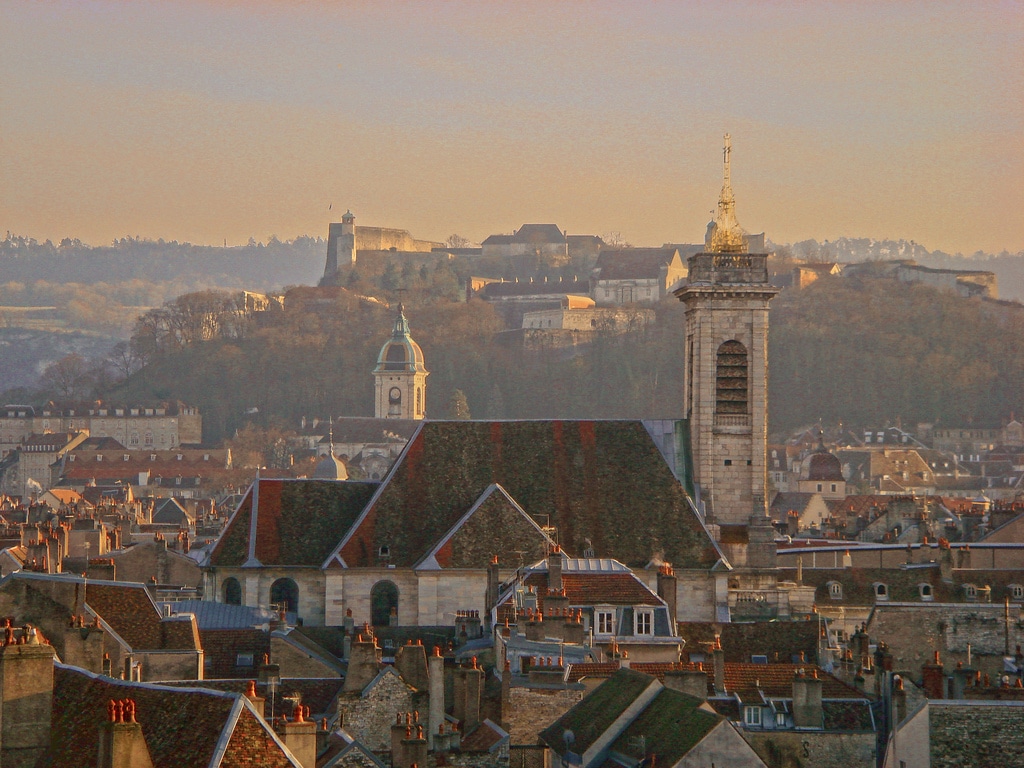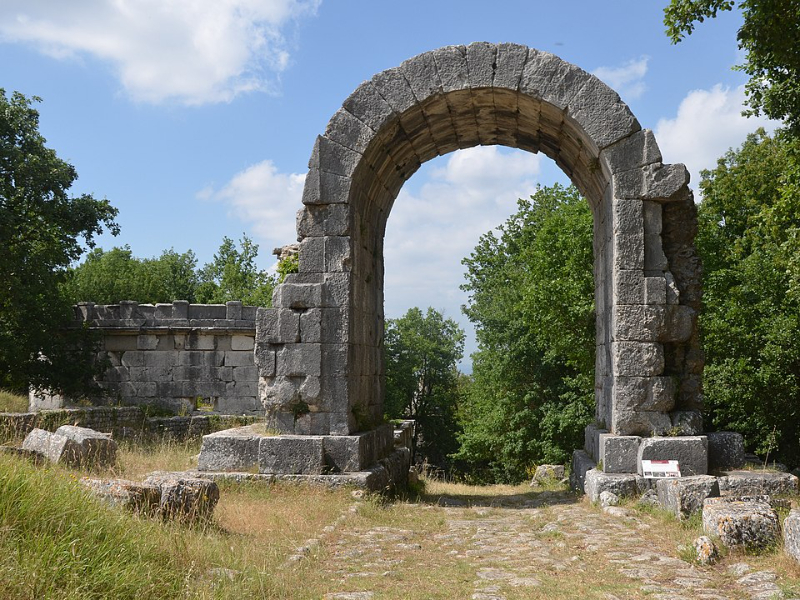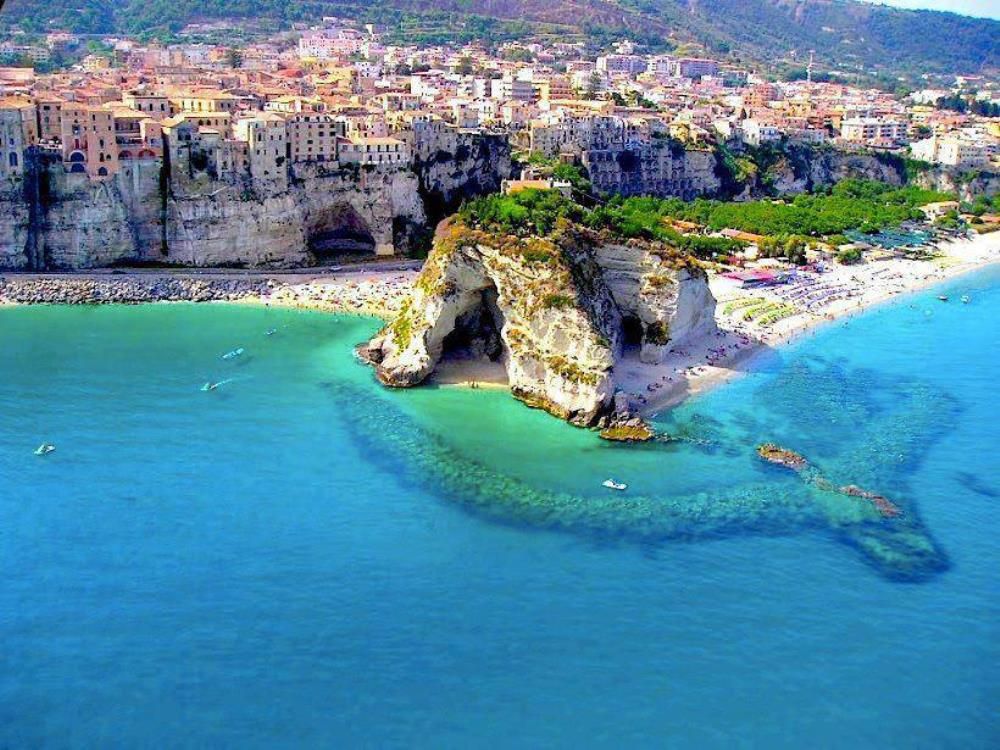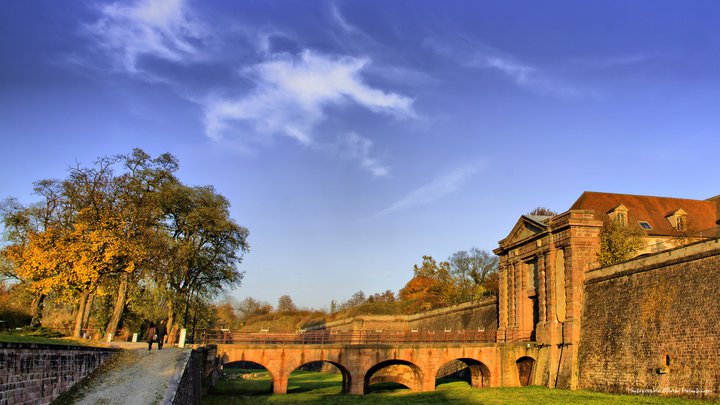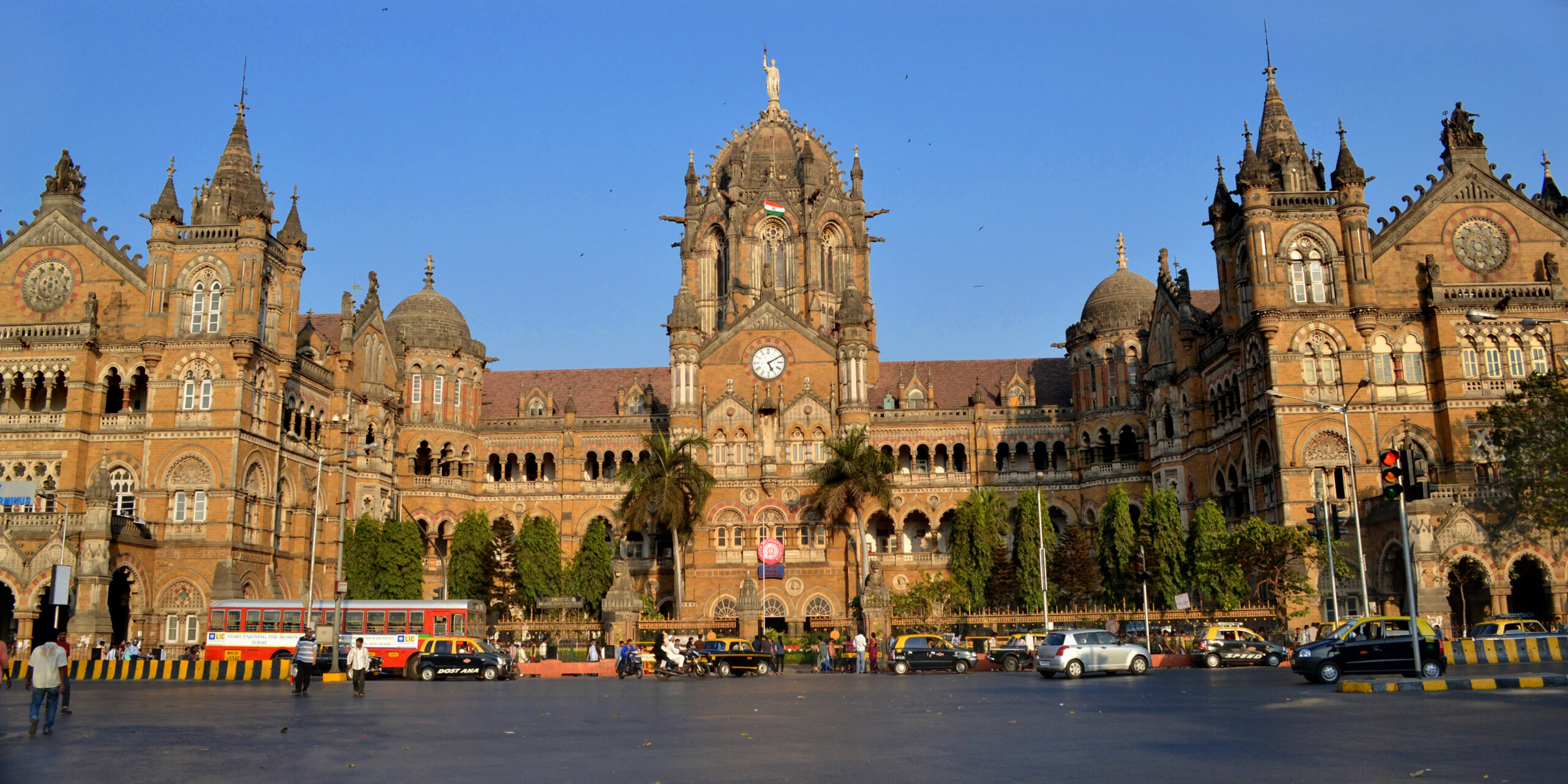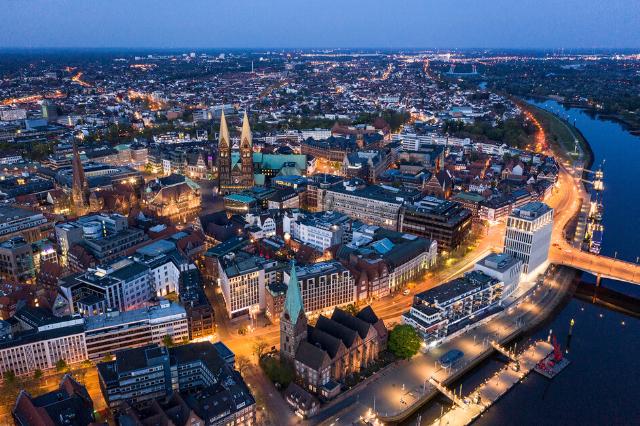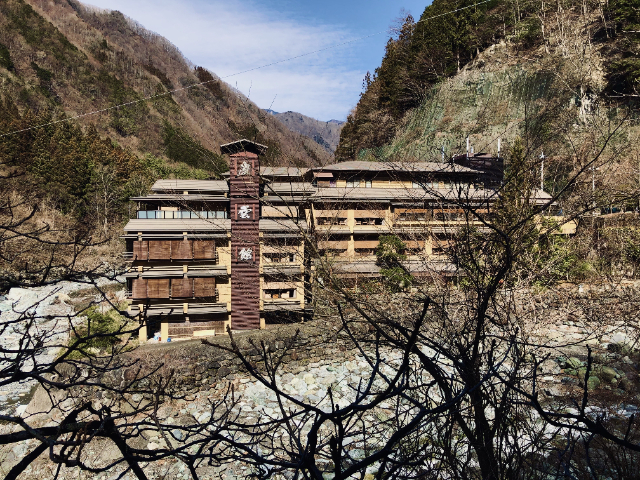Capital of the Franche-Comté region, the City of Art and History of Besançon is built on a loop of the River Doubs and is dominated by the imposing silhouette of its citadel. Masterpiece by the engineer Vauban, the citadel of Besançon constitutes a remarkable example of the 17th-century military architecture. Besides its fortifications and its magnificent panoramic view of the roofs of the city and the Doubs valley, the citadel is home to many museums: the Comtois museum, the Vauban centre, the Resistance and Deportation museum, and the Natural History museum complete with zoo, evolution trail, insectarium, aquarium, noctarium and climatorium.
The visit of Besançon continues with the discovery of the historic centre situated below the citadel. The Saint-Jean cathedral and its magnificent astronomical clock made of 30,000 pieces; the very lively Grande-Rue and Revolution square; the Granvelle palace, a magnificent building of the Renaissance period today home to the Time museum dedicated to clock-making; the Vauban quays and its arcaded houses along the River Doubs; the birth house of the famous writer Victor Hugo, and the beautiful mansions of the 16th, 17th and 18th centuries are some of the many places of interest to be discovered on a walk round the town.
Not to be missed also, the Fine art and Archaeology museum, situated on the Revolution square in a former 19th-century corn exchange which houses archaeology and art collections.
Boasting numerous green spaces, the town of Besançon also appeals to park and garden lovers, with the botanical garden and its numerous sorts of plants, trees and flowers, and the Micaud Promenade, a pleasant three-hectare park situated along the River Doubs.
